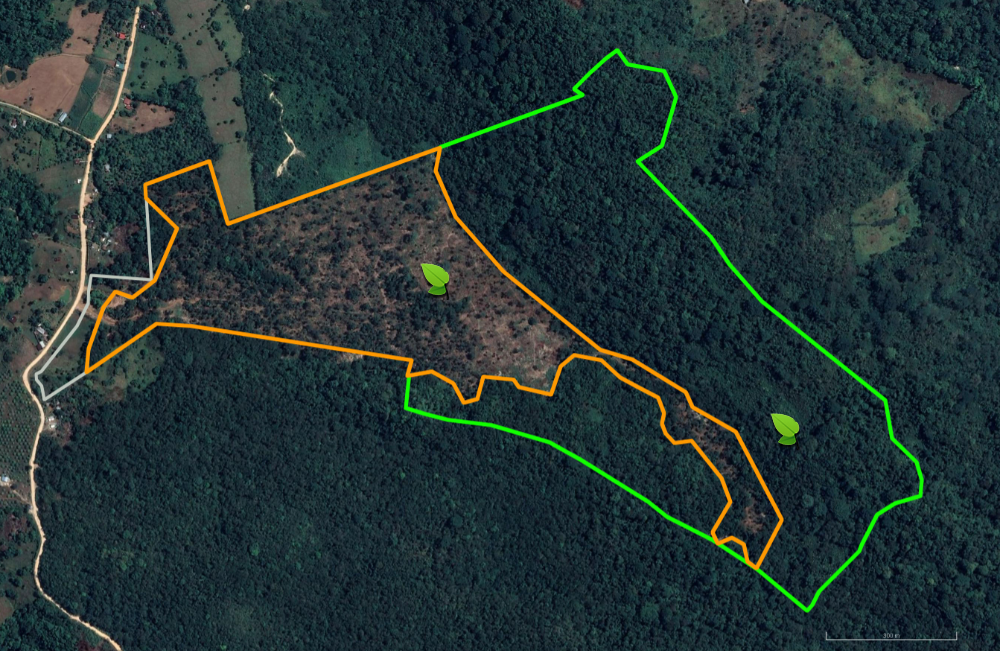Projects
Costa Rica - Reforestation & Rainforest Conservation
Costa Rica is the green heart of Central America, nestled between the Caribbean Sea coast to the east and the Pacific to the west. The country borders Nicaragua to the north and Panama to the south. The capital of Costa Rica is San Jose and the official language is Spanish. With a land area of only 51,100 square kilometres, Costa Rica is a rather small country, but with no less than twelve climate zones and an extremely high biodiversity per square kilometre, which can be described as unique worldwide. Wonderful sandy beaches, crystal clear
mountain rivers, active volcanoes, dry savannahs, an exotic animal world and last but not least the evergreen tropical rainforest make Costa Rica a country that wants to be discovered.
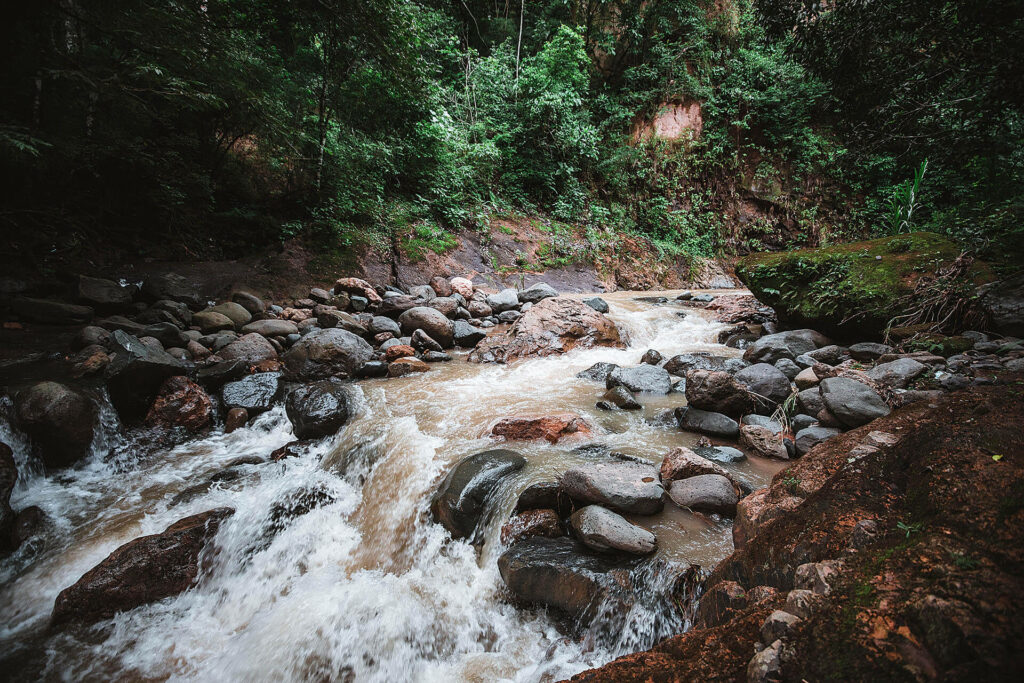
Unique biodiversity
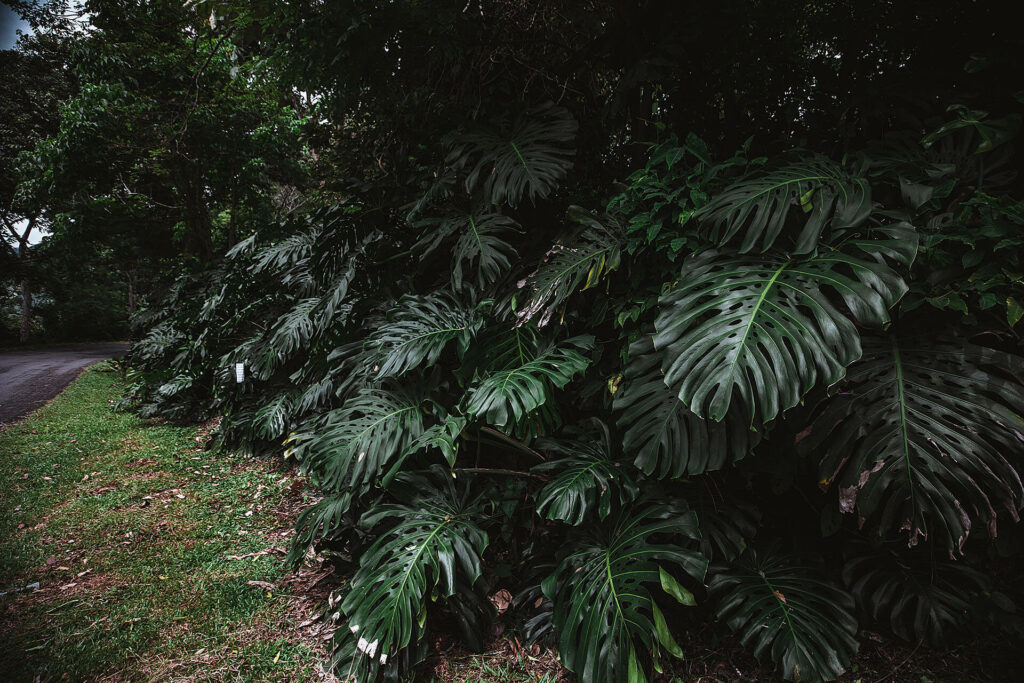
The unique forests of Costa Rica are characterised in many places by giant trees up to 50 metres high, which form huge crowns. The sight of these titans is simply overwhelming. Some of the most valuable tropical hardwood trees grow here. Germinated uncounted generations ago, scarred by wind and weather, they still stand and green. Sometimes monumental, sometimes whimsical, but always venerable and admirable. The number of tree species to be find in Costa Rica is around 2,200. An impressive number that makes
"the tree" the most important element of this biodiversity.
"Trees are the oldest and most useful living creatures on this earth. Our civilisation, our evolutionary development, our history and our existence today are unimaginable without trees. Without them there would be no human culture:
no fire, no houses, no ships, no weapons, no ploughs, no paper, no books and - hardly any oxygen to breathe. The trees could live without humans, but we could not live without them. Unfortunately, many people have long forgotten that!"
Costa Rica's national tree, the Guanacaste tree (Enterolobium cyclocarpum), named after the province , grows in the dry northwest of the country. The shape of the fruit resembles the human ear, which is why the tree is commonly called the ear tree . Theear tree can grow up to 45 metres high and has a striking crown, which not infrequently hasa diameter of 40 metres .
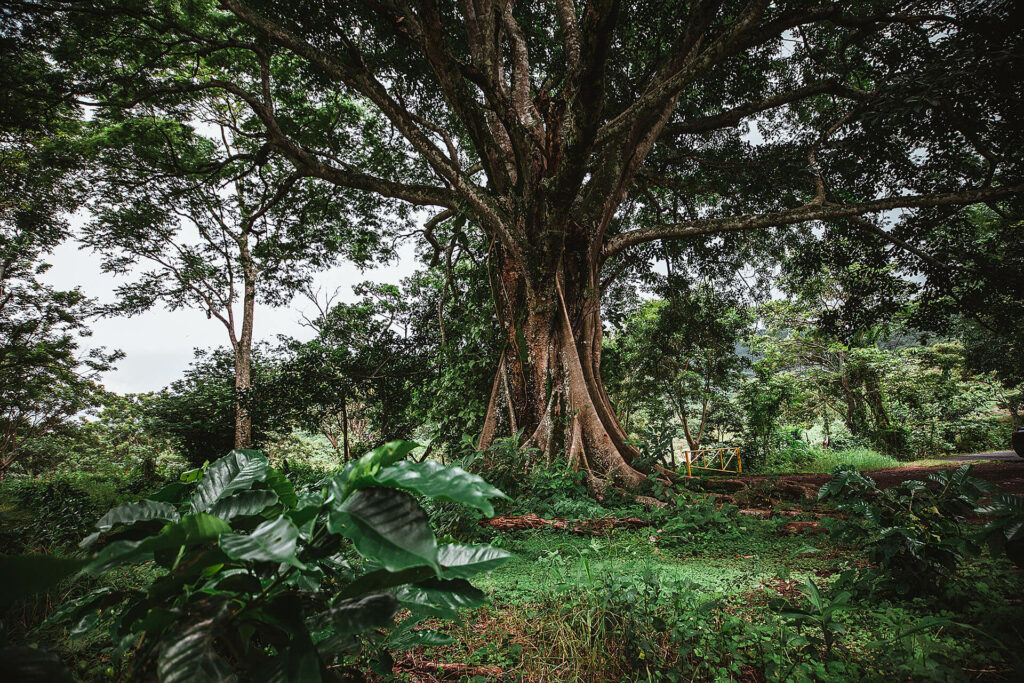
Mission of the Green Industry Group
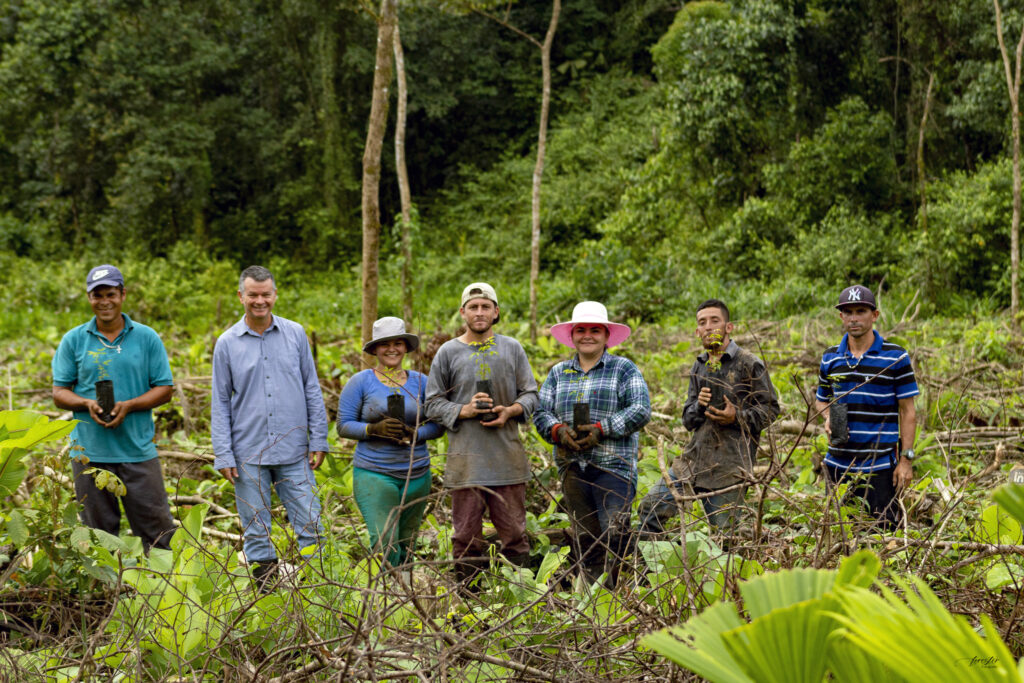
Climate change and environmental destruction have left their mark on Costa Rica. Almost 80 percent of the tropical rainforest was cleared without restraint in the 1970s and 1980s. Until the government pulled the emergency brake with all its might and, through the consistent implementation of environmental policy programmes in terms of climate, nature and forest protection, managed to restore more than 50
percent of the land area to healthy forest cover.
But there is still a lot to do. Behind the government's back, large areas of forest are being cut down again and again out of pure profit greed. This is where the mission of the Green Industry Group comes in. We buy up endangered forest areas in areas that are to be cleared for agricultural purposes, i.e. for the establishment of monocultures. These forest areas are registered and thus become untouchable for logging. In this way, we expand still existing forest areas and involve the local farmers in our work and employ them.
This 100-hectare farm is located in the hills above the small town of Rio Claro and has only basic dirt roads leading into the area and to the property. The immediate area in the hills is partly deforested land, now used as cow pasture, but there is still a fairly large amount of original rainforest. However, this rainforest is under threat. The Zona Sur and especially our area have not benefited from the tourism boom in Costa Rica. Income, education and living standards are still far below those of most other parts of the country. The Llano Bonito farm consists of 65 hectares of rainforest and about 35 hectares that have been cleared in the past by local farmers (for lack of alternative income). The 35 hectares were originally used as cow pasture when it was bought by our client in 1995. Our client tried to grow different crops such as medicinal plants and melina trees (imported species used as timber for the pallet industry), but due to the inaccessibility and difficult circumstances in the southern zone, both crops were never able to produce economically viable harvests. Our client convinced us that it was essential for him to consider sustainability in any alternative for the land. He asked us to find a solution that would benefit wildlife, counteract climate change, be sustainable and also benefit the impoverished population in the immediate area.
That was the start of our current project, which has given rise to the Llano Bonito Nature Reserve.
Llano Bonito: existing rainforest and new rainforest to be reforested
